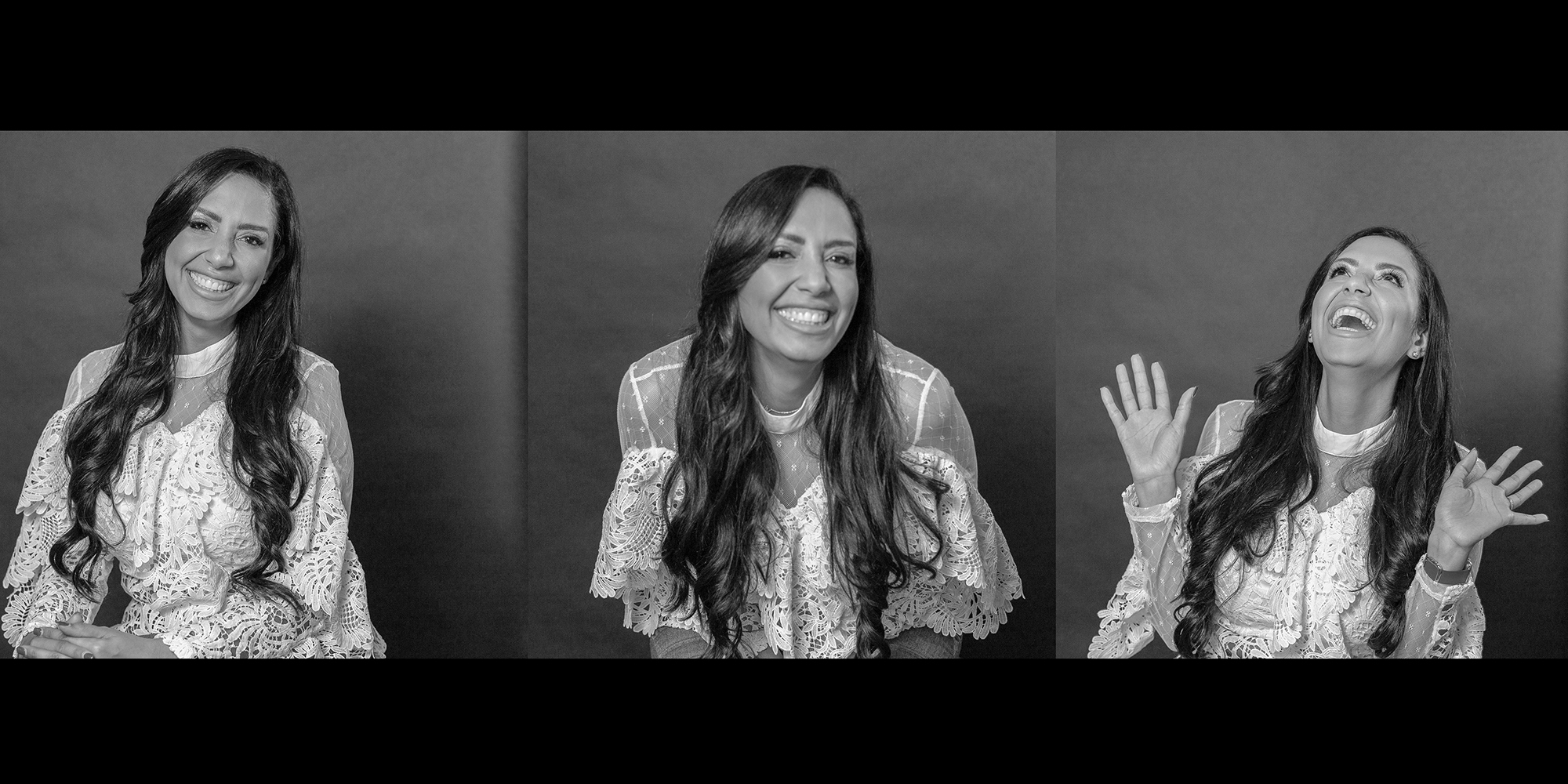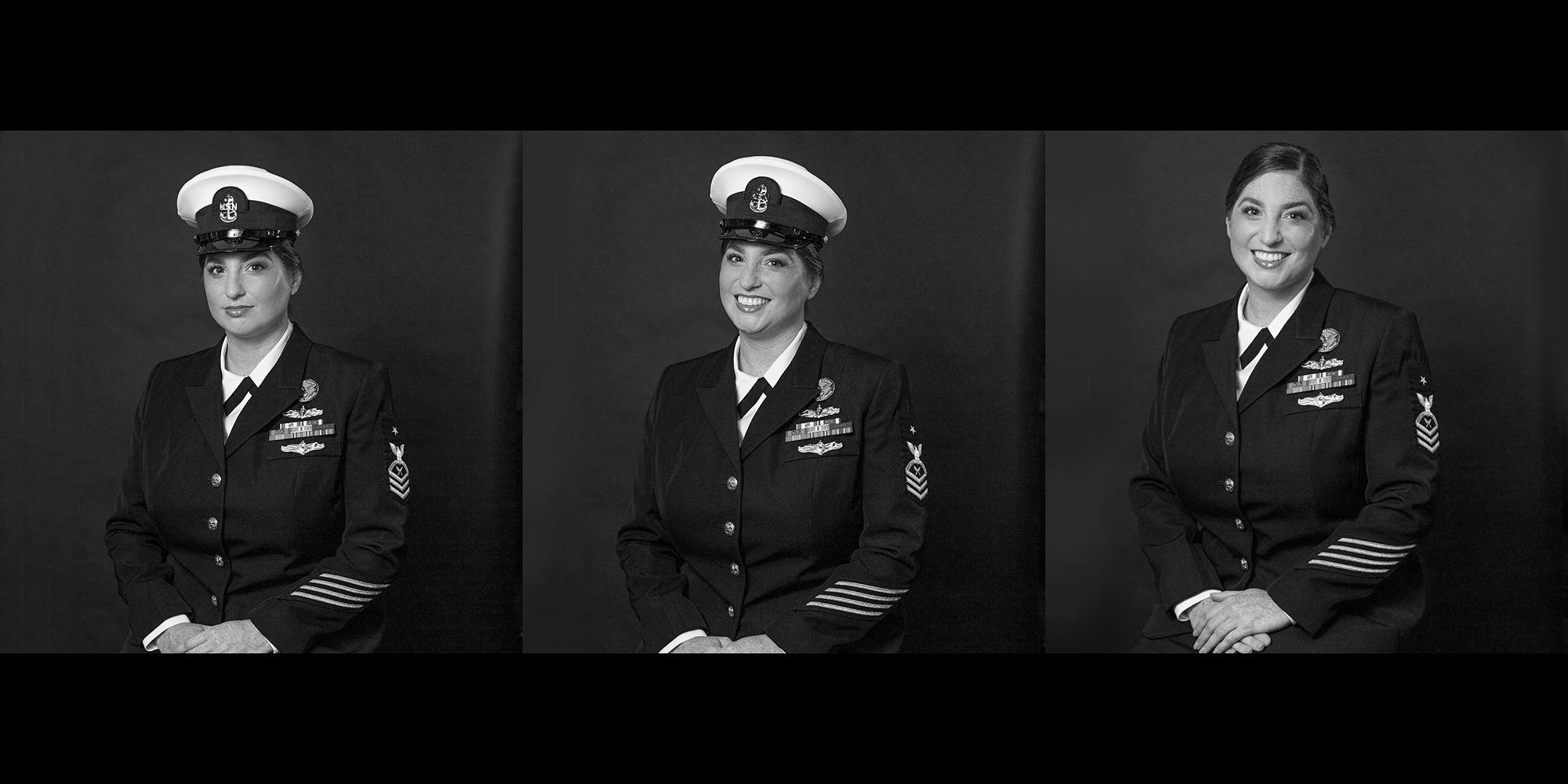Based on general statistics alone, the number of women in the workforce has almost caught up to men. Pre-pandemic, women made up almost 47% of employed people in the U.S. But the picture isn’t so rosy on closer inspection. Even before COVID-19, many of the country’s top-paying industries had an overrepresentation of men, especially in their highest ranks. But some women have planted their flags right in the middle of those fields to make their mark. Below, read more about three Tampa Bay-area women who are leading in industries dominated by men, and see how they are using their stories to open doors for others to follow in their footsteps.
MAKING IT WORK
Beth Galic is blazing a path for women in the manufacturing industry
WORKING IN MANUFACTURING, Beth Galic has been able to see the tangible impact of the products made by the companies she’s worked for, from water purification systems to molded plastics. And being in marketing, it was her responsibility to get stakeholders to hear the company’s message. First, though, she had to get those in charge at her company to hear her message. “Many of the executives were men who had been with the company for a long time,” she recalls. “Not only was I [the only woman in the room], but I was also bringing new technology and innovation to the organization, which was a big change. I scheduled training sessions, and many of the men simply would not show up.”
“Change can be exceedingly difficult and scary for people to overcome,” she adds. But change they did, and Galic has found a way to carve her own path in the manufacturing industry. She initially joined the Bay Area Manufacturers Association to connect her then-employer with more educational resources and networking opportunities. Assisting with BAMA’s event programming and planning led to a seat on the Board of Directors, which led to a holiday dinner that radically shifted Galic’s career arc once again. She became the organization’s executive director in 2019, a move she says other women can learn from.
“Be open to new opportunities and go for it,” Galic says. “It was not my plan to be the executive director of an association, but I saw the potential and I took a gamble. Even if you feel you may not be ready or have all the skills listed on the job posting, apply anyway. Companies can always train for skill, but attributes like punctuality, attitude and motivation are what they are looking for and will set you apart.”
As the manufacturing industry continues to recover from the pandemic, Galic says more needs to be done to expose women and girls to the variety of high-paying careers that exist with manufacturing. And like everything else, she says, once you’re in, it’s a matter of hard work and learning all you can. “One of the best things you can do for your career is to take control of your professional path,” Galic says. “The better trained and prepared you are, the more confidence you will have in your abilities.”

BACK TO THE DRAWING BOARD
Architect Gloria Kloter turned hurdles into inspiration for the next generation
GLORIA KLOTER’S first experience with architectural de-sign was creating homes for her dolls as a child. Then in high school, when an older friend was struggling with their design homework for architecture school, the pieces started to click in her head. “I felt like I could see the solutions to those ‘problems’ very clearly in my head,” Kloter says.
She got her degree in architecture and opened her own firm in the Dominican Republic, quickly attracting recognition for projects like the country’s first Steve Madden retail store and getting the opportunity to serve as a professor of design and architectural drafting at Chábon, a design school in Santo Domingo. Everything seemed perfectly aligned for her move to the U.S. when she got married in 2015, but a massive hurdle soon arose. Her architecture license wouldn’t transfer. Even as she worked to pass the exams and certifications she needed to gain her American license (which she did in 2019), she began assisting other architects who had moved here from other countries to help them find the resources she had to dig for in her journey. She was even promoted to the position of licensing advisor with the National Council of Architectural Registration Boards because of her work mentoring — something she says is key to success in the industry as a woman.
“Have you heard that saying, ‘If she can see it, she can be it’”? Kloter says. “The main way I’ve been able to create a great reputation has been through my passion for the industry and willingness to help by mentoring others while continuing to develop my own skills in design and leadership,” Kloter says. “Anytime I felt I hit a glass ceiling, I made sure to break through it and position myself above it.”
In 2020, not long after welcoming her first baby, Nova, Kloter reopened her architecture firm in Tampa and won the Kelley Award for Emerging Professionals from the American Institute of Architects’ Tampa Bay chapter. Glow Architects is one of the few woman-owned architecture firms in the area, and Kloter says it’s given her the freedom to chase her own version of success.
“When I came to the U.S., some people tried to undermine the potential I had by criticizing my vision of being an architect of interiors [instead of exteriors] … suggesting I needed to focus on what they considered to be more ‘important,’” she recalls. “Now, I am able to focus on private commercial and high-end residential projects, where I can offer my clients the best version of myself as an architect and designer.”
“Women architects are limitless. We are miracle makers,” Kloter adds. “Our bodies can create life, and our minds can create buildings.”

SEA CHANGES
U.S. Navy Senior Chief Petty Officer Jennifer A. Lewis navigated rocky waters to help make the military a more welcoming place for women
Senior Chief Petty Officer JENNIFER A. LEWIS, a yeoman in the U.S. Navy, joined the Navy 16 years ago, only 11 years after the first women were issued orders to begin serving aboard combat ships. Those 27 years, she says, have made a world of difference for wom-en in the military, shifting the culture to become more inclusive. But, Lewis says, pushing for that change has not been easy.
“My first tour was really tough,” she says. “I was the only woman in my de-partment filled with mostly 18- to-25-year-olds, about 100 personnel. I was a young woman, still figuring out who I was, in an environment where to be successful, I had to tone down my femi-ninity or be labeled derogatorily. … [For example], I was told I was being prissy and a ‘needy girl’ when I reported a bedbug infestation in the condemned barracks that we were placed in.”
“I was constantly worried about how every decision I made would be per-ceived through the eyes of men,” she adds.
A conversation with her chief helped convince her to stick it out. “He said that if I got out, who would [he] promote and make sure what happened to me and so many others, didn’t happen to more female sailors?”
Lewis was selected to become a flag writer, a member of the personal staff of the Navy’s flag officers (ranks from rear admirals to four-star generals) responsible for planning, scheduling, speechwriting and other administrative tasks. Currently stationed at MacDill Air Force Base for the second time, she most recently served on the staffs of the Secretary of the Navy and the Secretary of Defense in Washington, D.C. There, she had the opportunity to plan military-wide women-focused events. Lewis has quickly ascended to senior chief petty officer; only 8% of the sailors with that rank are women.
“I was motivated to move up quickly so that I could be more effective for other people,” Lewis says. “Somebody needs you at that next pay grade to do what’s right.”
As hard as it is having to be away from her husband (a master chief pet-ty officer in the Navy) and 9-year-old daughter so much of the time, Lewis says it’s moments like a recent expe-rience helping a fellow woman sailor deal with the harassment she was ex-periencing that she hopes makes her family proud.
“It can feel so lonely when you look around the room and you don’t see anyone else who looks like you,” Lewis says. “I stuck it out for those moments — to be able to be there and make a direct impact and help somebody. To let them know someone else’s walked in those [shoes] before and that there’s light at the end.”
The Navy has made great strides in welcoming women, Lewis says. Other-wise she wouldn’t have dedicated her life to its mission. The Navy has taught her the resiliency women need in any career they choose. And that resiliency is what helps her continue to push for the military to be a more welcoming workplace for everyone.
“I think that we can do better by be-ing more compassionate and normal-izing men being women’s advocates,” Lewis says. “Men don’t walk in wom-en’s shoes, so it’s our job to help them understand, and it’s their job to listen and advocate when they’re in those positions to do that. They need to open doors for us so that we can excel. It’s been proven that we do excel when the doors are open for us. I think our Navy is stronger with women in it.”



